Description
What is a 136-174 MHz 100 Watt VHF RF Amplifier?
The VHF RF Amplifier 136-174MHz 100W power amplifier CTRF-ANTENNA-AMP-PA-136-174-100W Amplifier module is a 50V device that requires about half the input current as of their 28V counterparts which reduces power supply cost, size, and weight RF power VHF RF Amplifier supplied by C&T RF Antennas Inc.
VHF RF Amplifier 136-174MHz 100W power amplifier Is Available At C&T RF Antennas Inc. we provide RF products with RF antennas, Antenna Accessories, Amplifiers, And Repeaters.
C&T RF Antennas Inc provides internal & external antennas with antenna radio frequencies such as NFC, 169MHz, 230MHz, 315MHz, 433MHz, 868MHz, 915MHz, VHF&UHF, Lora, NB-IoT, ADS-B, GSM, GNSS, GPRS, 1.2 GHz, 1.4 GHz, 1.8 GHz, Wi-Fi 2.4 GHz, 5.8 GHz, Cellular 2G, 3G, 3.5 GHz, 4G LTE, GPS, 5G NR, 6G, etc.
C&T RF Antennas Inc. provides RF antennae with Omni & Directional antenna types such as Dipole Antennas, Whip Antennas, Marine Antennas, Router Antennas, MIMO Antennas, Combo Antennas, PCB Antennas, FPC Antennas, Spring Antennas, Magnetic Antennas, Sector Antennas, Yagi Antennas, and Accessories, etc, for IoT & M2M industries.
We Offer VHF RF Amplifier Inventory, VHF RF Amplifier Pricing, & Datasheets For The VHF RF Amplifier.
Contact us for more RF power amplifier details.
136-174 MHz 100 Watt VHF RF Amplifier Technical Specifications:
| Model | CTRF-ANTENNA-AMP-PA-136-174-100W |
| Frequency(MHz) | 136-174 |
| Input Power | ≤10dBm |
| Output Power(W) | 100W |
| Gain @CW (dB) | ≥55 or Customized |
| ALC Range(dB) | ≥25 |
| Gain Flatness(dB) | ±1(Max) |
| Impedance(ohm) | 50 |
| Odd harmonics | ≥12dBc |
| Even harmonics | ≥15dBc |
| Efficiency@CW | ≥30% or higher |
| VSWR | ≤1.5:1 |
| Voltage(V) | DC+28 |
| RF Connector | IN(SMA-Female), OUT(N-Female) |
| Cooling | External Heat sink |
| Working Temperature | -30~+65 degree |
| Storage Temperature | -45 to +85 degree |
| Operating Humidity | 0 to 95%, relative |
| Protection | High temperature
High VSWR Forward power detection Reverse power detection |
136-174 MHz 100 Watt VHF RF Amplifier Monitoring Function Description:
| No. | Monitoring function | Description | |
| 1 | query | PA ALARM | When an alarm amplifier failure |
| 2 | SWR ALARM | Amplifier output reflection is too large, VSWR exceeds3:1, an alarm is generated | |
| 3 | Over-temperature alarm | Module internal temperature exceeds85 ℃ generates an alarm and turns off the amplifier until the temperature returns tobelow65 ℃, re-open the amplifier | |
| 4 | Over-output power alarm | When the output power exceeds the nominal full power 2dB is an alarm | |
| 5 | Input power detection | Accuracy of± 1dB | |
| 6 | Reverse power detection | Accuracy of± 1dB | |
| 7 | Output power detection | Detecting the actual output power amplifier, Accuracy of± 1dB | |
| 8 | Temperature detection | Detection module operating temperature, detection range: -25 ~ +90 ℃, Accuracy of± 3 ℃ | |
| 10 | SWR | Detecting amplifier output port VSWR range of 1.2~ 4.0 | |
| 11 | query and set | PA attenuator Set and query | Set and query the value of ATT |
| 12 | PA switching query and set | Query and set the state open tube amplifier | |
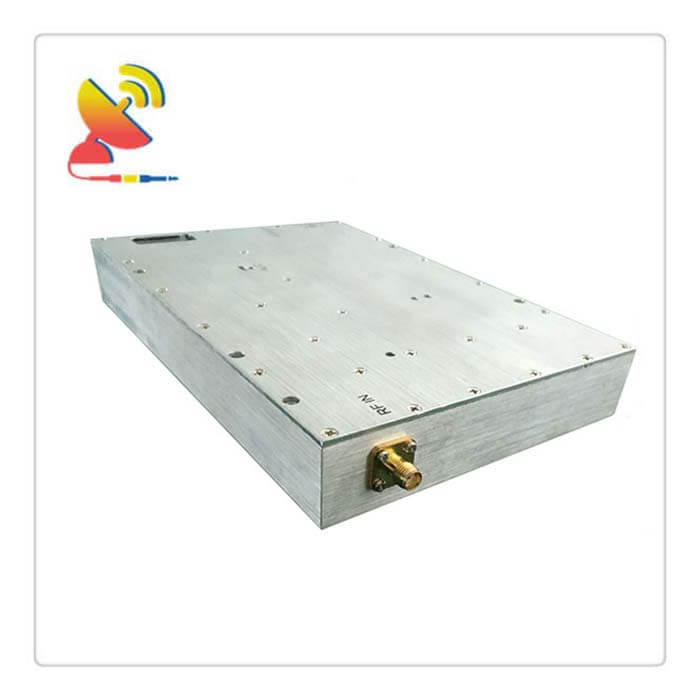
Amplifier classification
Main categories of integrated operational amplifiers
The integrated operational amplifiers with different characteristics are introduced below.
The general-purpose integrated operational amplifier
A general-purpose integrated operational amplifier means that its technical parameters are relatively moderate, which can meet the requirements of use in most cases. General-purpose integrated operational amplifiers are divided into Type I, Type II, and Type III.
Type I is a low-gain operational amplifier, Type II is a medium-gain operational amplifier, and Type III is a high-gain operational amplifier. Type I and Type II are basically early products, their input offset voltage is about 2mV, and the open-loop gain is generally greater than 80dB.
The high-precision integrated operational amplifier
High-precision integrated operational amplifiers refer to operational amplifiers with small offset voltage, very small temperature drift, and very high gain and common-mode rejection ratio. The noise of this type of operational amplifier is also relatively small.
Among them, the offset voltage of the monolithic high-precision integrated operational amplifier can be as small as a few microvolts, and the temperature drift can be as small as tens of microvolts per degree Celsius.
The high-speed integrated operational amplifier
The output voltage conversion rate of the high-speed integrated operational amplifier is very large, and some can reach 2~3kV/μS.
High input impedance integrated operational amplifier
The input impedance of the high input impedance integrated operational amplifier is very large, and the input current is very small. The input stage of this kind of operational amplifier often adopts a MOS tube.
The low-power integrated operational amplifier
The current of the low-power integrated operational amplifier is very small and the power supply voltage is also very low. The power consumption of the entire operational amplifier is only tens of microwatts. This type of integrated operational amplifier is mostly used in portable electronic products.
Broadband integrated operational amplifier
Broadband-integrated operational amplifiers have a very wide frequency band, and their unity-gain bandwidth can reach more than gigahertz. They are often used in broadband amplifier circuits.
The high-voltage integrated operational amplifier
Generally, the supply voltage of integrated operational amplifiers is below 15V, while the supply voltage of high-voltage integrated operational amplifiers can reach tens of volts.
Power-integrated operational amplifier
The output stage of the power-integrated operational amplifier can provide a relatively large power output to the load.
Optical fiber amplifier
Optical fiber amplifiers can not only directly amplify optical signals, but also have real-time, high-gain, broadband, online, low-noise, and low-loss all-optical amplification functions. It is an indispensable key component in a new generation of optical fiber communication systems;

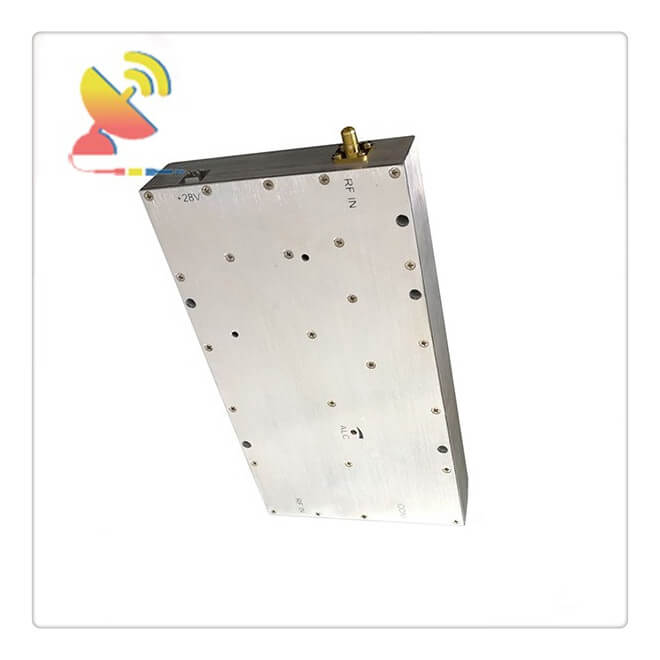
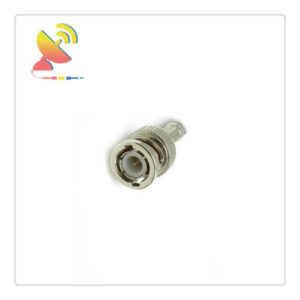
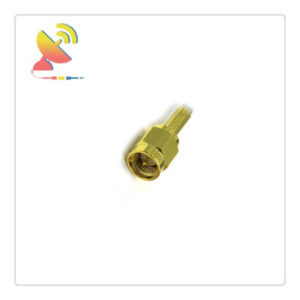
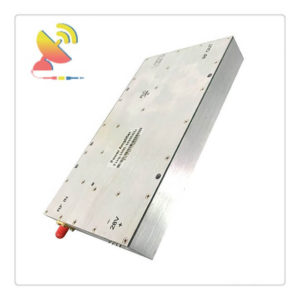
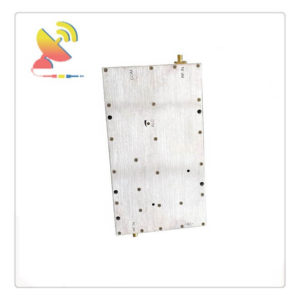
Reviews
There are no reviews yet.